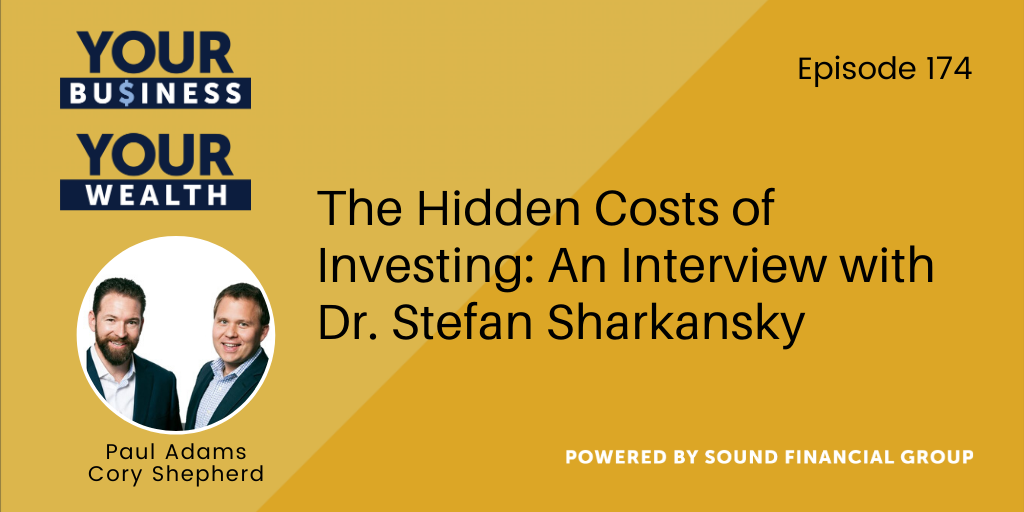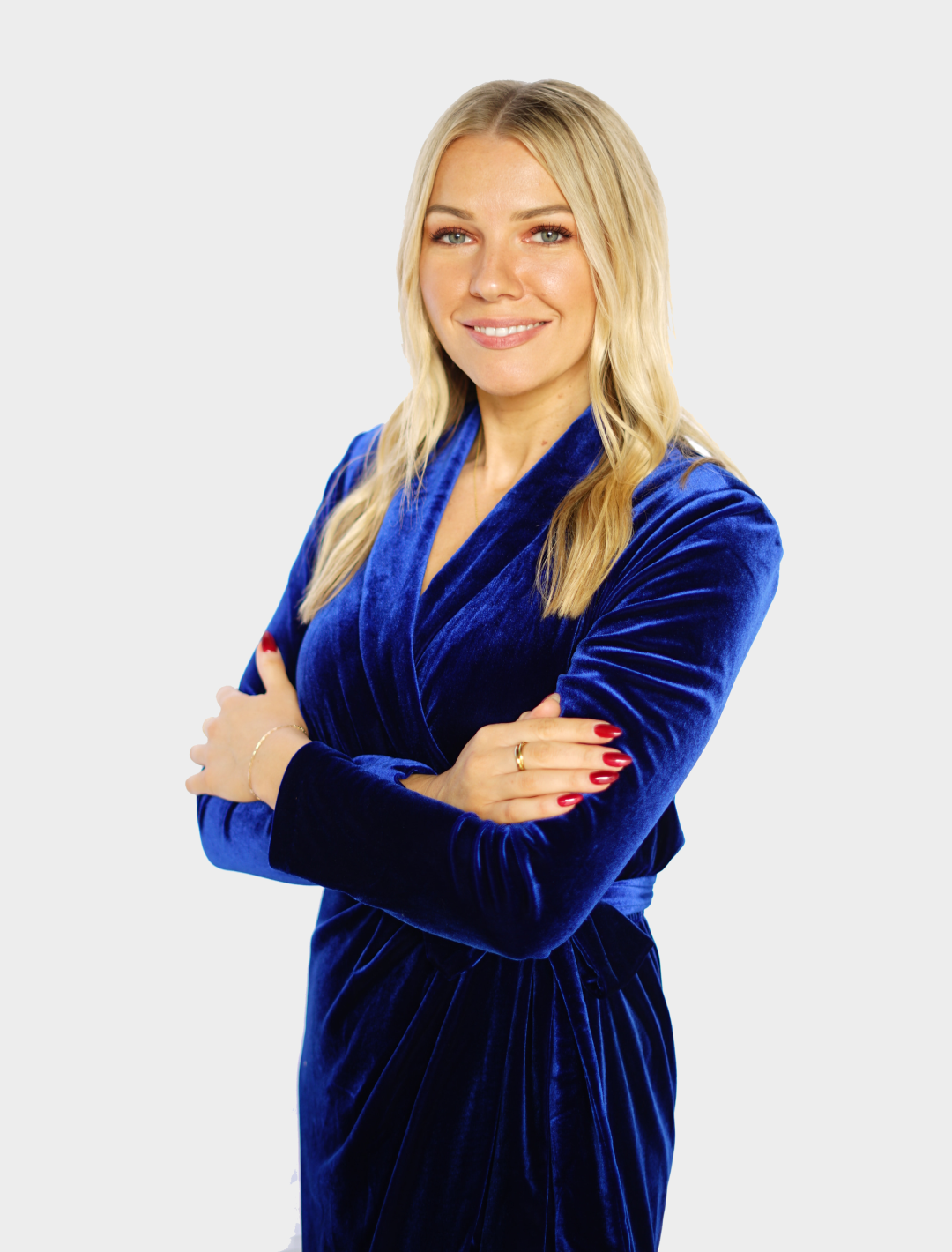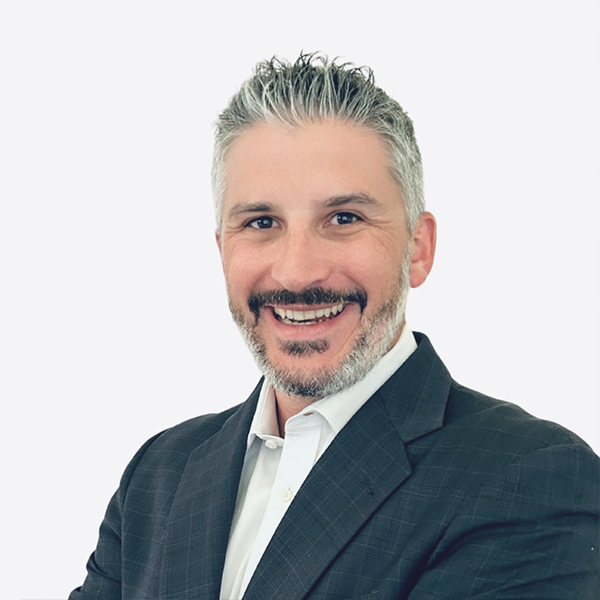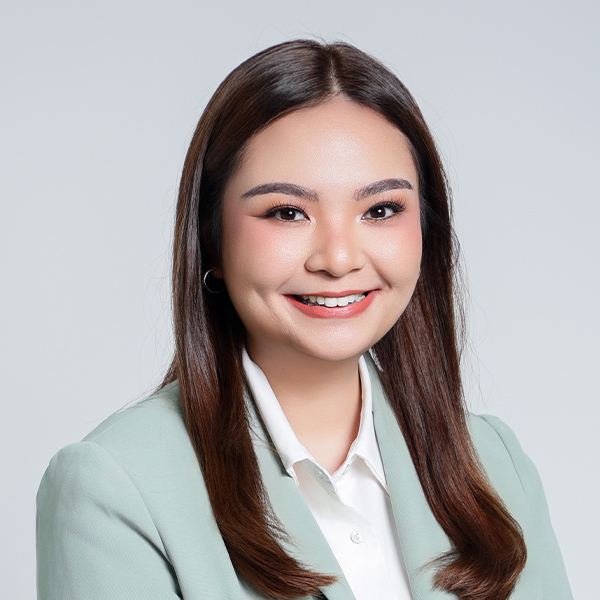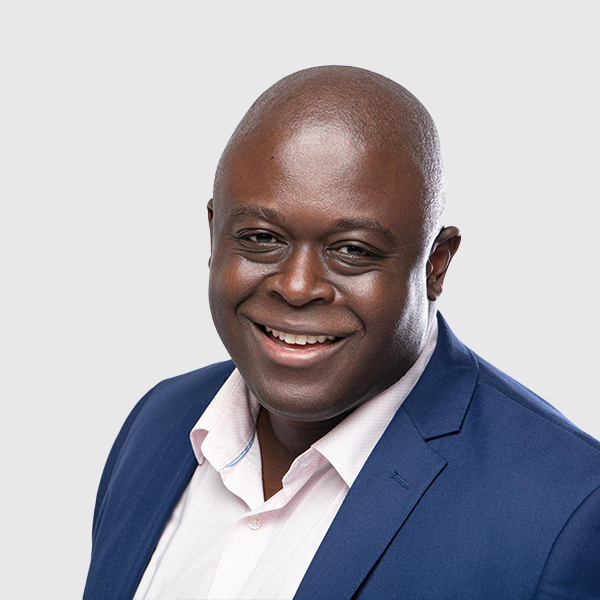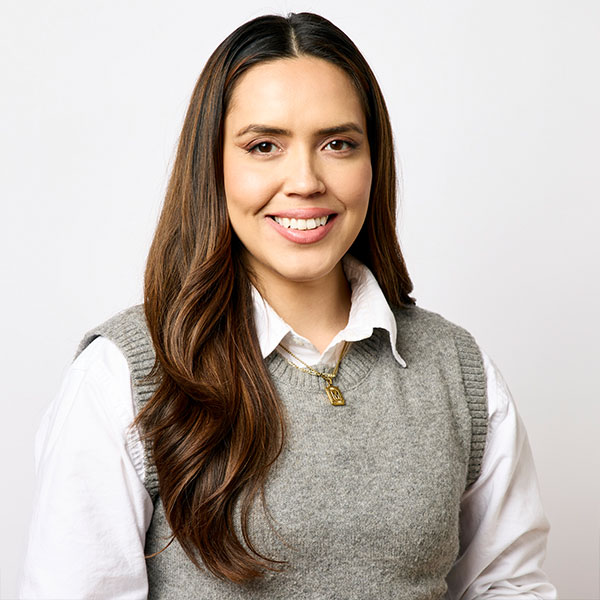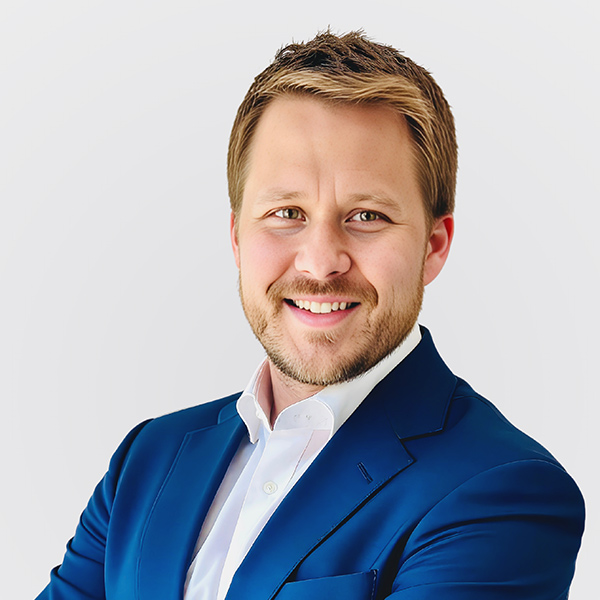PODCAST EPISODE 174: The Hidden Costs of Investing: An Interview with Dr. Stefan Sharkansky

EPISODE SUMMARY
Today Paul and Cory chat with Dr. Stefan Sharkansky, owner of personalfund.com. Dr. Sharkansky was a pioneer in “robo-advising” and has created a tool for investors to use to better understand the true cost of investing in managed accounts. Paul and Cory ask big questions, and Dr. Sharkansky explains what plagues investors and how to grow your personal fund and cut out the extra costs.
WHAT WAS COVERED
- 0:34 – Paul welcomes us to the show.
- 1:12 – Cory summarizes Dr. Sharkansky’s background and introduces him to the show.
- 1:44 – How Paul and Cory know Dr. Sharkansky.
- 2:45 – Dr. Sharkansky Speaks on his business ventures and how he landed on personalfund.com.
- 6:30 – Dr. Sharkansky discusses his mutual fund cost calculator.
- 8:28 – Dr. Sharkansky explains the business model of personalfund.com.
- 8:50 – Paul breaks down embedded cost in mutual funds and trading costs.
- 11:55 – Dr. Sharkansky speaks to the backlash he received from the launch of PersonalFund.com from account managers.
- 12:53 – Digging into trading costs and big-ask spreads.
- 16:35 – An offer from Sound Financial Group (commercial)
- 17:35 – Back from commercial.
- 18:04 – Breaking down the average cost of the actively managed mutual funds.
- 21:35 – Cory asks Dr. Sharkansky about his report on finding the truth behind mutual funds past performance.
- 22:30 – Paul juxtaposes what his sales training had taught him early on in his career.
- 25:35 – Paul offers a “give-away” for listeners who are interested in finding out more about your funds and costs.
- 27:47 – Paul thanks Dr. Sharkansky’s time and study.
- 28:43 – Paul closes the show.
- 30:09 – Show ends, thank you for listening.
TWEETABLES
[Tweet “Buy and hold a diversified portfolio, minimize your taxes… That’s it #YourBusinessYourWealth”][Tweet “Fund managers who can’t get out of their own way is a cost… #YourBusinessYourWealth“] [Tweet “[Dr. Sharkansky on actively managed mutual funds] ‘There is no correlation between past performance and future performance’ #YourBusinessYourWealth”]
LINKS
Curious what you can accomplish with our help? Schedule a free 15 minute meeting with us! https://go.oncehub.com/SFGconnect
find out more about Dr. Sharkansky’s study and tools here at personalfund.com
Sound Financial Group’s Website for a Financial Inquiry Call – [email protected] (Inquiry in the subject)
Your Business Your Wealth on Instagram
Your Business Your Wealth on Facebook
Sound Financial Group on LinkedIn
Cape Not Required (Cory’s Book)
Sound Financial Advice (Paul’s Book)
Clockwork: Design Your Business to Run Itself
Loserthink: How Untrained Brains Are Ruining America
SHARE THE SHOW
Did you enjoy the show? We would love it if you subscribed today and left us a 5-star review!
Click this link – Your Business Your Wealth
Click on the ‘Subscribe’ button below the artwork
Go to the ‘Ratings and Reviews’ section
Click on ‘Write a Review’
MUSIC CREDITS
Contains a sample of “King” by Zayde Wølf courtesy of Lyric House.
PRODUCTION CREDITS
——————————————————————————————————————————-
Paul 0:01
Welcome to your business your wealth, where your hosts Paul Adams and Corey Shepherd teach founders and entrepreneurs how to build wealth beyond their business balance sheets. Hello and welcome to your business your wealth. My name is Paul Adams. I am founder and CEO of sound Financial Group and your co host for your business your wealth. I’m joined by Corey, finding the best guests for this podcast, Shepard. Cory. I am so excited about our guest today. I’m gonna just sit back let you introduce him and I will be bombing in questions along the way. Well
Cory 1:00
Yeah, so our guest is Dr. Stephen shark can ski and it’s kind of funny story how we met and got to have a conversation. We’ll talk about that in just Just a moment. But Dr. Shark can ski holds an MS a master’s in computer science from Stanford University. I hope you guys have heard of it, and a PhD in statistics from the University of Washington. He’s also the founder of personal fund comm a research site dedicated to helping investors identify the full range of fees and costs embedded in their mutual funds. And that’s going to be the topic of a lot of our conversation today. So, Dr. Shark jansky Welcome to your business, your wealth. Glad to be here. Thank you very much for inviting me on. Yeah, it’s our it’s our pleasure and it was so fun for us to meet. So we’ve been subscribers of personal fun, calm for many years. And we received I received a customer survey, filled it out via email and got a follow up from Dr. I can’t ski and he said, You know, it looks like I’m in your backyard here in the Seattle area. And maybe we could have a chat to follow up. And I’m like, Well, actually, I live in Chicago. Now, that might be hard. But we can certainly have a have a zoom meeting and chat. And just, it was amazing to find out that this resource that we’ve been using for so many years to help our clients is really just right in our backyard. So it’s, it’s great to have you as a as a neighbor, and to give folks just an idea of, you know, where you’ve come from in your career, which has been a lot of different arenas, from missile systems to internet chat and software development and financial markets data now, could you tell us about your path to starting personal fund comm
Dr. Sharkansky 2:46
Oh, gosh, well, you remind me about the internet chat. This was a company I started in the very, very early phases of the internet. Boom, we’re talking 1994
Paul 3:00
Wow.
Cory 3:01
Before internet startups were cool.
Dr. Sharkansky 3:06
This 400 burps actually. And so the idea was to do a commercial version of Internet chat, which didn’t really exist at the time. You had AOL chat rooms, which were used commercially, and you had all sorts of freeware stuff. And my goal was to create for the internet, what? the calling of an AOL chat room or more managed commercializable experience. And he was that company, small company got acquired in 1995. In around the same time that Netscape went public, if anybody is old enough to remember that. Yes. And so what that left me with is a enough of a nest egg that I needed to figure out how am I going to invest my nest egg and so being the academic minded sort of person I am I did a ton of reading and research, everything from popular books on investing for the average person. personal finance for dummies, I think was one of them all the way up through Journal of finance research articles. And after reading all this stuff, I simplified what you need to know about investing to this very simple statement, buy and hold a diversified portfolio. minimize your costs and taxes.
Matt said,
Paul 4:39
it’s been wonderful having you on the show. Yeah, I think that is exactly in alignment with our brand.
Dr. Sharkansky 4:48
Um, so yeah, so it really is that simple. I learned and it sounds like that’s how you operate in your practice and the advice that you give your clients and so I set up To create a website as my next venture after I get out of the chat space to implement that philosophy for the, for the individual investor. And today we’ve heard of things called robo advisors perhaps. Well, I was going to be the first robo advisor basically I wasn’t using that term then. But the term personal fund
was what I came up with as
your own individualized personal portfolio distinct, mutual fund. And it was going to be like a robo advisor a professionally managed portfolio customized for you. Automated to the extent possible to give you the best achievable market returns by minimizing your costs and taxes. Ces, etc. So it’s fantastic concept. Lots of companies are very successful with it today. And unfortunately, when I came up with it, it was 20 years ago, and it was so far ahead of the market, that nobody knew what to do with it. So anyway, that it became possible to raise enough money to keep that the full concept going with when the internet bubble collapsed in 2000 or so. But what was the pre teaser educational content was the mutual fund cost calculator, which was there to say, Hey, this is how you’re investing today in your mutual fund. This is how much it costs you to invest in mutual funds. And this is how much money you’re losing by paying overinflated fees to mutual fund managers. And by by losing too much in taxes, you’re leaving all this money. Not only on the table, but you’re giving what’s on the table to somebody else that’s coming out of your own pocket. And so the idea was to show this is how much it’s costing you today. This is how much we can save you by managing your own personal fund on our site. Well, when that having your own personal finance game and possible refers to implement that, we found that still a lot of people were really interested in looking at mutual funds later, because, you know, even though things like expense ratios are fully disclosed, and people know, to some extent about tax efficiency, even back then, the numbers were really shocking when people added up the actual numbers and how much they won 100 basis points of an expense ratio and your mutual fund can eat into your wealth over time.
Cory 7:54
And it’s so fascinating to me that the like the teaser, free content to pull people in, ended up becoming the main business of your site.
Dr. Sharkansky 8:05
That’s right.
Cory 8:06
That’s pretty. That’s pretty amazing. And that’s, and just so people know where you’re coming from a year perspective, or, you know what side of the table you might be on. Could you talk just a little bit about what your business model is now, just high level how the business model of your site works? You get a lot of, of ads from mutual fund companies, for instance?
Dr. Sharkansky 8:28
Absolutely not.
No, the only revenue is subscriptions from customers. That is, it’s mostly financial advisors like yourselves, who access the information on on our site to help them educate their customers. Well,
Paul 8:49
just because I want to bring our audience in we you guys may be talking about something you’re not as familiar with yet. And some of you have heard us talk about the embedded costs inside mutual funds. And that embedded costs, it’s inside mutual funds oftentimes is not fully expressed inside the asset management fee that you would read about saying a prospectus or if you’re googling the mutual fund on Morningstar. Now, we’re gonna go deeper into that. But I’ve got one story of talking to a guy who’s owned a financial advising firm, for over 35 years, like, long, long time, this guy’s had this business, and I’m on the phone with them. And there was a set of mutual funds that he had taught all his advisors to use one that everybody in our audience would know. And one of the things I brought up was a personal fund report. And I said to him, I said you don’t realize the underlying costs that are being incurred inside the mutual fund. He says, that’s just not accurate, accurate when you’re doing those public speaking events or YouTube videos. You’re just causing fear in the investor. It’s not necessary. accurate, so it’s absolutely accurate. He said, I even called this fun company that will remain unnamed and talk to somebody and they said, Absolutely, that’s all the cost. So what I had done is I quickly brought up a prospectus for one of the funds and I said, Do you have a prospectus there says yes, so I pulled it up on my computer. For those of you that don’t know, I’m the Control F King. So Ctrl or Command F if you’re on a Mac, and you can search any PDF or webpage really rapidly. And I went in and showed trading costs in the perspective and I said, go to page 14, you’re going to see trading costs are paid out of the proceeds of the sale, meaning they sell a million dollars worth of Microsoft. And let’s say what they net is $998,000. All that’s reported is the sale price. But that extra little bit of cost for having made the trades is not in your actual prospectus and sure enough, he paid Turn to page 14 that direct in the part of the page it was on. And he said, I’m going to call him back. Sure enough, he called back went like two or three managers up at the mutual fund company from the call center. And sure enough, they so yeah, that is that is accurate. And then even after that, just being in the industry that long, denying it forever, why it doesn’t matter. They’re good mutual fund company anyway, because they can’t change their practices. Right. And kind of curious, have you found yourself either, you know, in today’s social media world or in person, have folks that get irritated with you on the advisory side who are really I don’t want to say pursuing but stuck in that active management, that mutual fund managers trade a lot and get disturbed with you because you’ve created a platform that allows disclosure of these extra costs.
Dr. Sharkansky 11:55
That certainly happened when the site first launched. I got a lot of Nasty grams from entry advisors, like the actively managed funds. They like selling funds with loads. I got some nasty grams from fund management firms, ones that you would have heard of. No, this is an accurate we are trading costs are so much better than this, that and the other thing. I haven’t gotten many for a while, because what people get used to the shock, either they, they understand the message and they understand the science. And they they understand the reality of it all, in which case they’ll rely on the site, or they’re completely affected by the whole thing because of challenges. It’s a legitimate challenge to the way they’ve been doing business to the detriment of the individual investor, and they don’t engage anymore. You mentioned something about the trading cost and this is a really important point and what you found in the trading in that perspective. For the trading transaction costs trading costs would be brokerage commissions. Probably, and that is a that is a part of it. But there are additional components of trading costs that are there also in those are bid ask spreads. Mm hmm. You the price that you sell something at. I mean, you have two people in the marketplace, one is selling a block of stock. The other is buying those stocks. You’ve got somebody in the middle, not just the broker charging you a particular commission, but you’ve got the people at the exchange, were making money off of every transaction, the price that they that the there’s always a markup between the price that the investor who’s selling the ship, the shares, sells that the person is buying the bid at the back.
Paul 13:55
Yep. And what you got to say very clear, it’s the bid ask spread right because once you learn what it’s costing you, you might want to call it the big app. The other Yeah.
Dr. Sharkansky 14:08
Those can be quite significant more than the Commission’s that are reported in the supplemental materials to be to the prospectus saved in the brokerage house
Paul 14:20
brokerage costs, you know, the bid ask spread what else are investors dealing with?
Dr. Sharkansky 14:26
There’s market impact costs. So when you’re a mutual fund, and you have a very large position to you want to buy a large position or sell a large position, that in itself affects the price. It’s all a matter of supply and demand. So if you’re a big ask mutual funds, have a large position in some stock, you want to get rid of what’s going on in you put, you’re selling a million shares two inches, however many big position you’re going to sell. Just putting that amount of inventory on the market is going to necessary Do depress the price. Wow.
Cory 15:03
So you can so fund managers getting in their own way or not being able to get out of their own way is is a cost just doing what they are going to have to do to run the fund can create some costs. That’s
Dr. Sharkansky 15:16
right. Managing managing the fund actively. Yeah. So all those things together create costs, and you it’s very hard to measure those directly. But looking at, at the all the data of mutual fund returns as a big data set, statistically, you can infer what the average trading costs is for particular types of securities. Well, and that, that I’ve done in terms of the research studies that we’ve done and what goes into the site to estimate the transaction costs,
Paul 15:52
and what would you say like say your average actively managed mutual fund. In fact, this might be a good question we’re going to come back to the answer to this question. I’m going to take us to commercial break today, Cory. So when we come back for it, what I want to ask is how much across active managers that too. So these are the managers that are trying to quote unquote, beat the market trading stocks. That what is the average increase in cost to the mutual fund when fully disclosed versus the cost of that same mutual fund perhaps the way it’s marketed in the prospectus? Or what’s present when you look at another third party tool like Morningstar online we’re gonna be right back after this message from sound Financial Group. Paul Adams here at sound Financial Group. Are you curious what you can accomplish with our help? You’re here enjoying the show? Our philosophy is helping you increase your effectiveness with money. And now we have a way to help you take another step on your financial journey. We have designed a financial inquiry call for you and the thousands of other listeners of your business, your wealth This is a complimentary 15 minute conversation where one of our team members will ask you some key questions. understand your concerns, and if appropriate schedule a time for further conversation with an advisor. If you look at the episode description, you’ll see a link to schedule a call at a time that’s least invasive for you. And even if now’s not the right time for us to work together, we’ll point you toward resources to help you in your financial journey. We always look forward to connecting with our listeners, and we look forward to talking with you
Dr. Sharkansky 17:33
soon.
Paul 17:36
Welcome back to your business your wealth. I am excited to get the answer to this question what is the average increase in cost for the actively managed mutual funds that are intentionally trying to outperform the market and I I often give the metaphor of it. It’s like a runner, trying to run pulling a parachute and the harder they run trying to outperform the market, the more results In that they create against their actual objective.
Dr. Sharkansky 18:04
Yeah, that’s a terrific analogy. I like that I’ll often remember that. Yeah. So if you have,
the way we measure it is based on one the type of the type of assets that the fund holds. So simple example, a large cap US stocks. Those are the kinds of assets with the lowest trading costs. Because there are so many people in the market the market is most efficient. So But still, there’s all these components of cost, the market impact, the bid, ask, spread, etc. So what I’ve estimated, is that for every 100 percentage points of fun turnover. fund turnover is a number that’s reported by the mutual fund. It’s, roughly speaking, it’s a measure of how often the fund trades in its own portfolio.
Paul 18:57
So 100% would mean that If they manage thing, you know, hundred million dollars, they’re doing 100 million dollars of trades every year.
Dr. Sharkansky 19:06
More or less. Yes, that’s that’s about right. So basically, whatever they start with on January 1 in their portfolio, it’ll be completely replaced by 100% of that will be replaced at the end of the year. Wow. Yep. 50% turnover beams half of that replace are on average, they’re holding a stock for six months. 200 I’m sorry. 50% turnover means they’re holding it on average for two years. 100% means they’re holding it on everything for an average of one year or 200%. Turnover means they’re holding back is hold for six months. Yeah. So. So for every 100 percentage points of turnover, a large cap fund loses on average 41 basis points or point four 1%. Wow, it will return average Some are going to do better than others. But that’s the average.
Paul 20:09
So and so then. And then I’ve even seen some personal fund reports that you get into international and international small cap. And trade those trading costs are like the fully disclosed costs are 150 or 200 basis points higher than what’s disclosed on the perspectives which is already kind of high just because of the specific asset class they’re trying to squeeze return out of.
Dr. Sharkansky 20:37
That’s right. That’s right. I found that for so the large cap US stocks lose about 41 basis points 400 percentage of turnover for international stocks. It’s it’s like a little over 80 basis points per hundred
Paul 20:56
per hundred percent. So 200 basis point turnover small cap international fund can really rack up all these this additional drag right on the investment. Does your tool do anything to assess cash drag for the mutual funds that keep a certain amount of money in cash? But because they have so many individual investors flocking to their portfolios, they have to keep a lot of money in cash for redemptions?
Dr. Sharkansky 21:21
Yeah, that’s not something we currently look at. That’s a great idea for future but
Cory 21:26
that’s not something. That’s just one more, you know, add that to my answers for our customer feedback survey. So, Dr. Shari Kinski, what we’re talking about now, it sounds like what I was reading in the research paper that you recently put out on your site to support the trading costs data that you that you have, and it sounded like so I want to I want to ask this in a way that lets you deliver the punch line. I’ll see if I see if I can. So there’s a correlation. Between a turnover and performance, in general, that seems to be negative meaning, the greater the the turnover, on average, the lower the performance, especially against the index that these managers are trying to compare to. But you also found a major lack of correlation that most people might be familiar with. But just take for granted that you’ve actually proved would you would you deliver the line for us? Because you did that you did the work?
Dr. Sharkansky 22:32
Yeah. Well, that’s, that’s a great question. So you know, in all the disclosures for mutual funds or other investment products, this little tiny print, it says past performance does not guarantee future results. Yes, something of that. Well, in fact, not only does it not guarantee, but there’s no correlation between past performance and future performance, correlation of any kind.
Paul 22:57
Whoa. So I just want you to repeat That again in case one of our listeners was just at the gym, in a Tabata drill, they just finished sprinting, they’re breathing crosswalk for a turtle, go yell at their child who’s you know, getting ready to play with markers on their new white living room walls. Because people are listening this everywhere. I want everybody to pause and hear that last bit again say it again for us doctor.
Dr. Sharkansky 23:25
There is no correlation between past performance and future performance.
Paul 23:30
None. None. Now that is like that was groundbreaking for me. It wasn’t until I first started reading academic research and then found dimensional funds that anybody had ever posed it that way. In fact, the way the sales training in the industry that I was exposed to early on in my career said was well past performance is no indicator of future. But it’s the best indicator we got let’s look at these Morningstar reports. And that was that. And that’s something that maybe some of your advisors have actually said to you. And that five star Morningstar fund because it had a good last five years worth of returns is not past performance is no guarantee of future said further. It’s not correlated whatsoever past performance, or performance.
Dr. Sharkansky 24:23
Right? There’s just no information and past performance. I mean, if you look at for asset classes, there is information. We know we’ve known through decades of study that stocks over the long run, are almost certainly going to have higher returns than box. Yep, surely that’s the way that it’s been. And so we can probably count on that the whole science of you take more risk by owning stocks. So you have future returns, however, but if you look at a specific fund, relative to the next of the market that it’s in, then there’s no predictive value in the relative performance of the fund relative to relative to its index. So if you have a fun, which is large cap US stock, the closest index being pick your favorite one, s&p 500, or Russell 1000, whichever one you choose, the performance of that fund relative to that index is completely is completely unpredictable.
Paul 25:33
Some might even say, random,
Cory 25:36
random. So,
Paul 25:39
Cory, I just feel inspired in this conversation today. So I going, we didn’t talk about ahead of time, I’m gonna do a little bit of a giveaway.
Cory 25:49
All right, let me get right down.
Paul 25:53
Brace yourself, open up your Excel spreadsheet where you put all my projects. At least he puts him in a spreadsheet now. Instead of throwing them in the garbage, but for all of you listening, here’s what we want to do to just kind of celebrate Dr. Kamsky being on. And and especially for us because out in the marketplace, advisors are not talking about this and sometimes and a big reason why we do the podcast is to get these ideas and new ways of thinking your hand that are not going to come when you’re watching CNN Money or Fox Business. And the mutual fund companies are just laying out over and over again, you know, their returns. And for those of you that have listened rigorously, to our podcasts, the returns of the funds that they let survive, that they promote, but they don’t talk about these internal cost drags, and they certainly don’t when they tout their returns, they tout the amount of stars they have. They’re not discussing that it is totally uncorrelated with future performance. So if you want, like you have funds in your portfolio right now, if what you’d like to do one you can go to personal fund comm navigate Get yourself worked to make some sense out of it. And it’s a great tool. But if what you’d like is to have our team run that and then have a short conversation with you about those, you can just send either a basket of some of the ticker symbols of your mutual funds or just send us the name and Cory will personally run your personal fund comm that Yep, and and just jump on the call
Unknown Speaker 27:24
here in minutes typing into the
Paul 27:27
Jordan just go ahead and mute Corey for this part. While I’m while I’m committing his time to our audience, but But in all seriousness, we’ll get you that we could also send you that research paper that Dr. Xu Kamsky just talked about, and you can find out more at personal fund.com. Doctor, I am so thankful that you’d be here but I’m even more thankful that your tool exists. As Corey said, we’ve been using your tool for a little over half a decade, and making these things make sense. to clients and giving us that scholarly third party that we can point to, because the mutual fund voices and that entire complex is so loud in our clients lives. And I think it clouds people’s perspective on the market. And I’m just super thankful. I know I speak for Cory as well, that you would have taken the time, effort energy to build this tool and get it out to an audience as broad as every mutual fund owner in the United States. So thank you again.
Dr. Sharkansky 28:29
Well, thank you very much, gentlemen, Cory and Paul, it was a delight to speak with you and thank you for your kind words, it really makes me feel very good about about what I’m doing that it’s making such an important difference for you and your clients. Really appreciate that.
Paul 28:43
Yeah, you’re welcome. And for for all of you listening, as always, I encourage you to take some time This podcast is valuable to you, send it to somebody you know, text it to the HR manager, your work they should know about this for your 401k send it to to a friend and have a conversation about money. People are constantly over and over again saying they want to be great at two things, sex and money. Now, I don’t know how to tell you to talk to your friends about sex. But it does make sense to have some conversations about money that just aren’t about what kind of lease deal you got on the new car, or what your mortgage rate is. But really the things that we need to do to be good stewards of the capital that we have to build the future that we want to build definite financial independence, so that you can fund your work optional lifestyle, and as always Korean I hope that this has been a contribution to you being able to design and build a good life
Transcribed by https://otter.ai
This Material is Intended for General Public Use. By providing this material, we are not undertaking to provide investment advice for any specific individual or situation, or to otherwise act in a fiduciary capacity. Please contact one of our financial professionals for guidance and information specific to your individual situation.
Sound Financial Inc. dba Sound Financial Group is a registered investment adviser. Information presented is for educational purposes only and does not intend to make an offer or solicitation for the sale or purchase of any specific securities, investments, or investment strategies. Investments involve risk and, unless otherwise stated, are not guaranteed. Be sure to first consult with a qualified financial adviser and/or tax professional before implementing any strategy discussed herein. Past performance is not indicative of future performance. Insurance products and services are offered and sold through Sound Financial Inc. dba Sound Financial Group and individually licensed and appointed agents in all appropriate jurisdictions.
This podcast is meant for general informational purposes and is not to be construed as tax, legal, or investment advice. You should consult a financial professional regarding your individual situation. Guest speakers are not affiliated with Sound Financial Inc. dba Sound Financial Group unless otherwise stated, and their opinions are their own. Opinions, estimates, forecasts, and statements of financial market trends are based on current market conditions and are subject to change without notice. Past performance is not a guarantee of future results.
Each week, the Your Business Your Wealth podcast helps you Design and Build a Good Life™. No one has a Good Life by default, only by design. Visit us here for more details:
yourbusinessyourwealth.com
© 2020 Sound Financial Inc. yourbusinessyourwealth.com
Podcast production and show notes by Greater North Productions LLP
Recorded using Switcher Studio: [email protected]

